CLA professors, students making strides through array of ‘Bloody Sunday’ projects
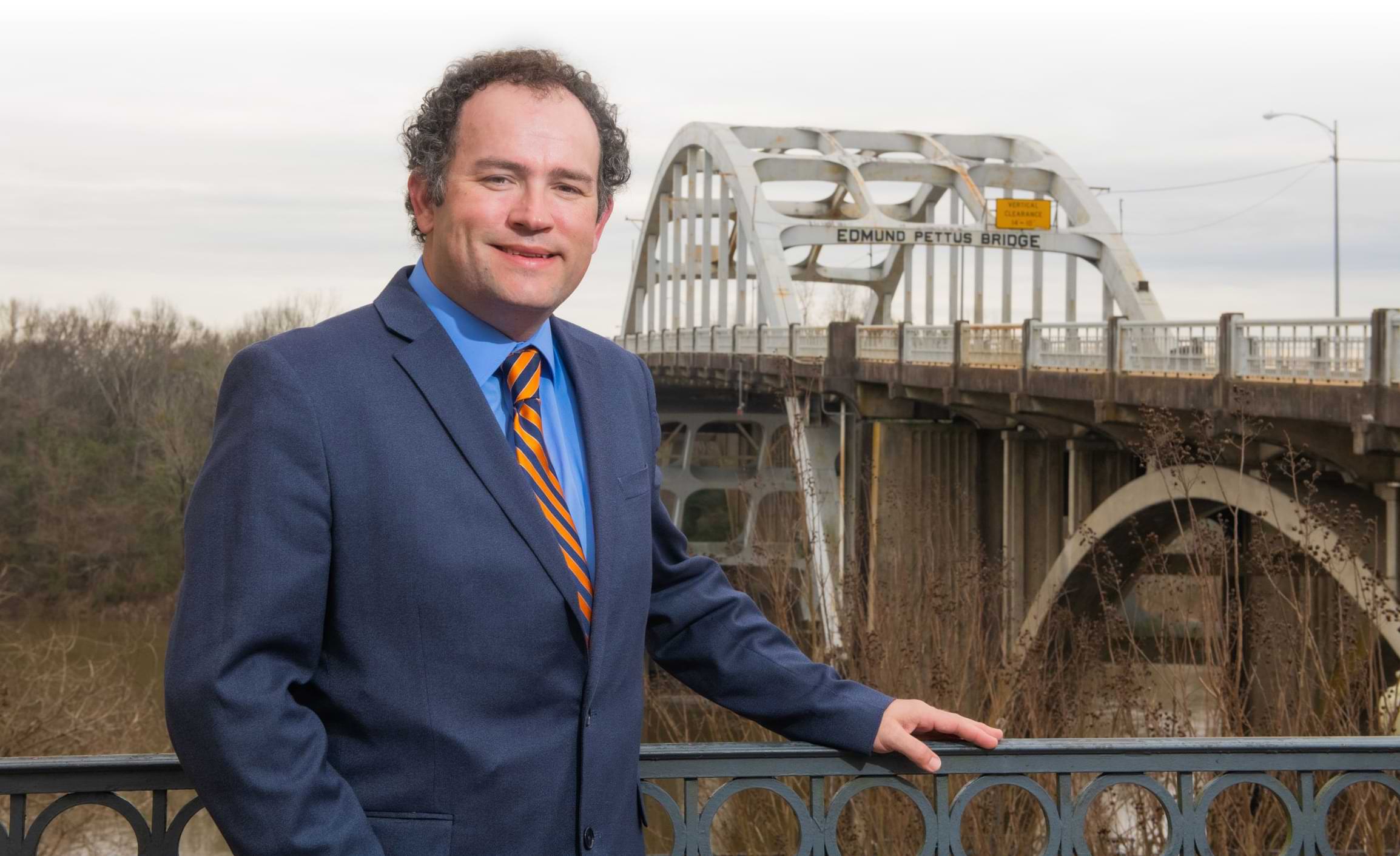
seminal moment in United States civil rights history that came to be known as “Bloody Sunday” occurred when a group of approximately 600 marchers led by John Lewis and Hosea Williams were confronted by Alabama State Troopers armed with tear gas and metal batons as they began a march for equality toward Montgomery. Footage from that attack appeared on national television and served as a catalyst for Americans to rally behind the civil rights movement, and Auburn University faculty and students are doing their part to learn all they can about that fateful day.
Department of History Draughon Associate Professor of Southern History Keith Hébert has teamed up with McWhorter Endowed Chair and head of the McWhorter School of Building Science Richard Burt since 2017 to research the incident and identify the brave marchers who joined together in the fight for freedom. Burt, from the College of Architecture, Design and Construction, or CADC, began his work in Selma in 2016 with Danielle Willkens—now an assistant professor at the Georgia Institute of Technology—to survey and map the area where the confrontation occurred, and Auburn’s scope of work in the infamous Alabama town has since grown and evolved.
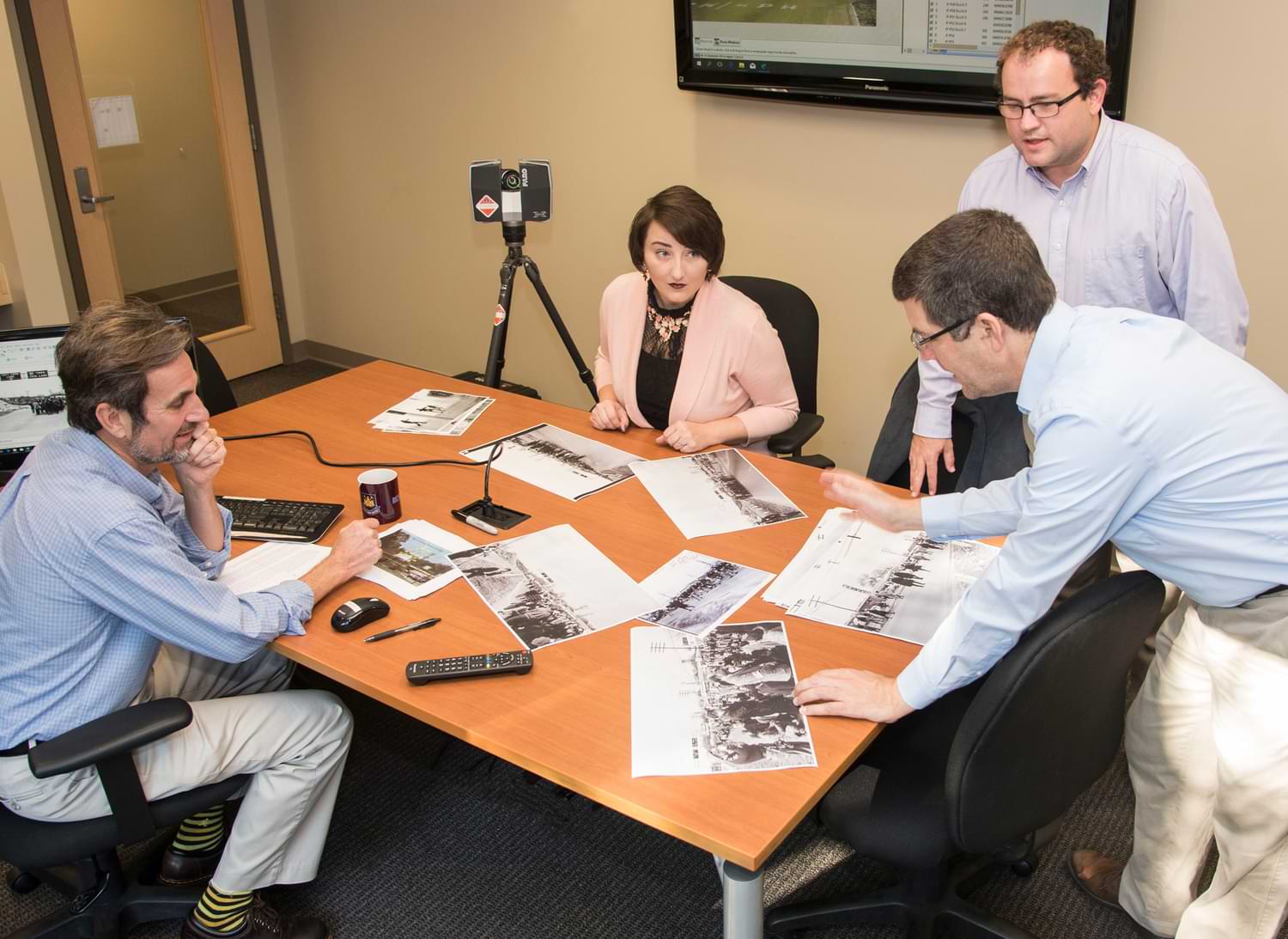
In addition, Auburn’s research team—which includes students from the Honors College—has identified the area where the march leaders first assembled and held a press conference and prayer service prior to the march. Burt said images are continually being added to a special Bloody Sunday Facebook page, and he asks for help spreading the word about the online resource.
These projects have gained momentum in recent months and will continue to progress in the coming years. Earlier this year, a multidisciplinary project headed by Liu and Willkens displayed an exhibit titled “Walking in the Footsteps of History” that won the People’s Choice Award at the 2022 ACCelerate Festival at the Smithsonian National Museum of American History in Washington, D.C.
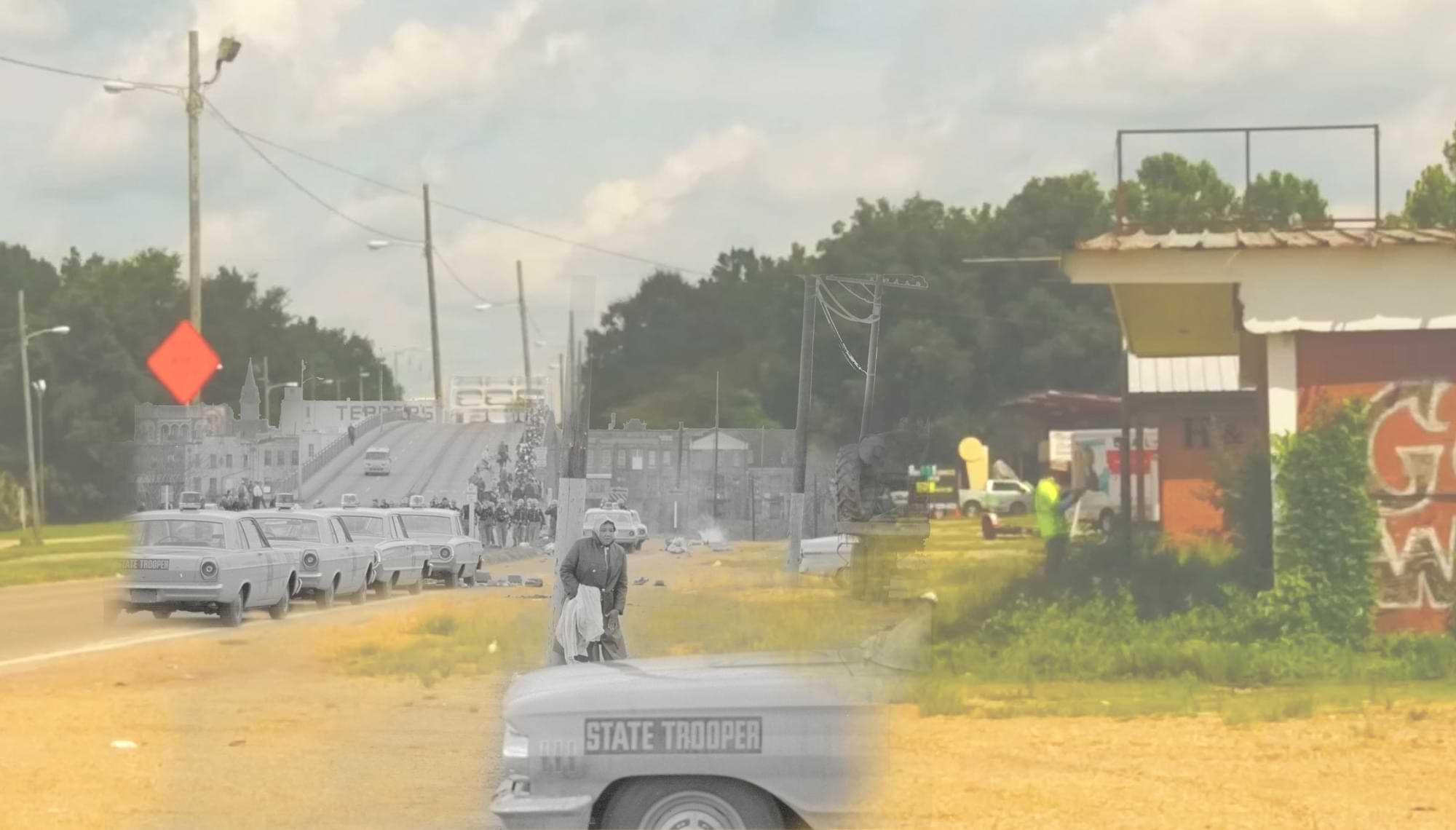
“Planning for this has really allowed us to deepen ties to folks within the communities of Selma, including many of the surviving marchers,” Gaddis said. “Many of these grassroots leaders will be joining us next summer to share their stories and experiences with teachers.”
In addition, Gaddis and Hébert have enlisted the services of graduate fellows Mickell Carter and Laura King to interview Bloody Sunday foot soldiers through a National Park Service-funded oral history project. That work is part of a new initiative co-directed by the history professors called Community Histories Workshop that is designed to promote synergy within the community while providing graduate students with high-quality, real-world experience.
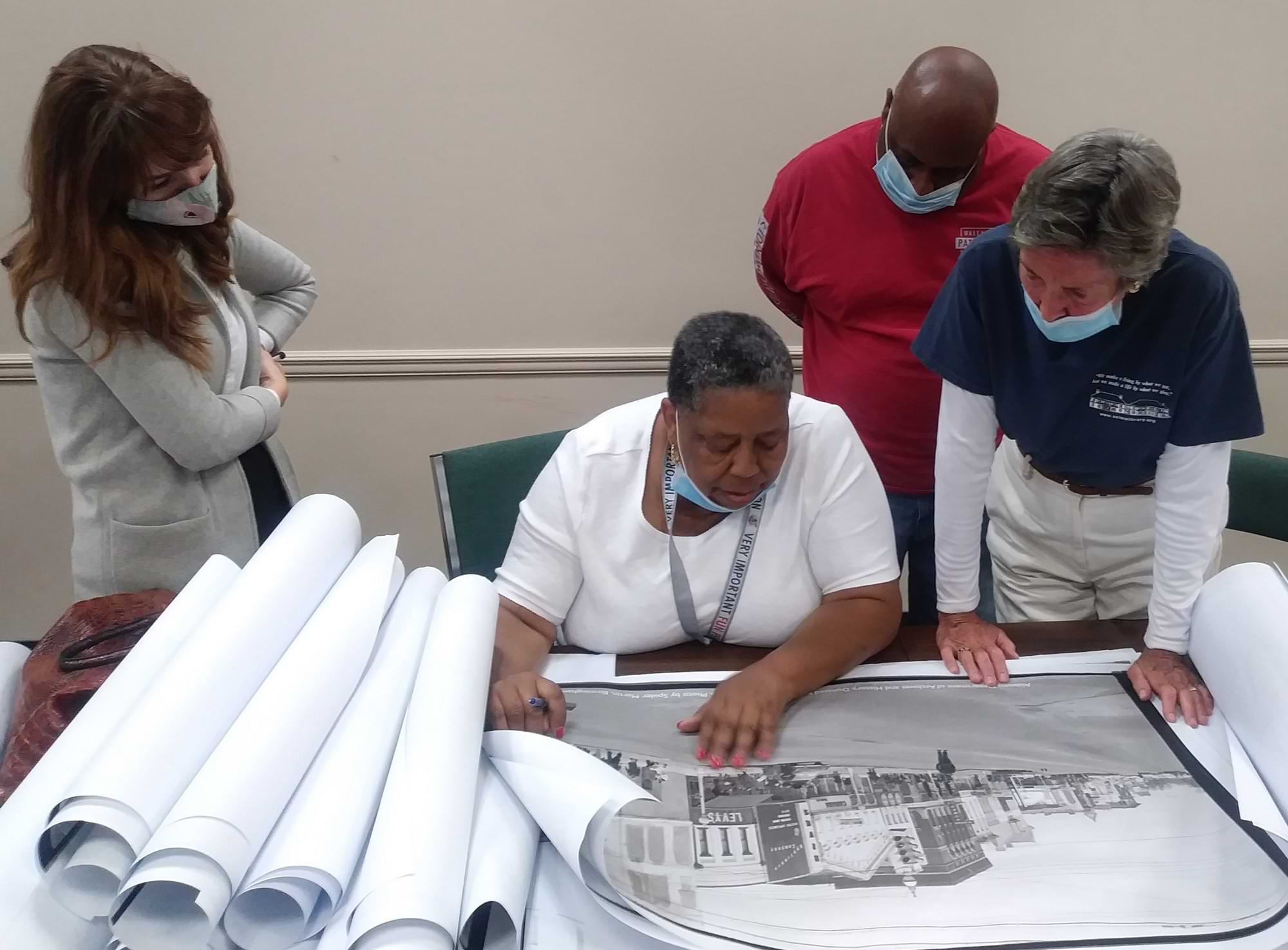
Auburn’s team will continue to spread awareness about their research projects and build its community network through meetings, presentations and calls to action. That outreach approach already has borne fruit in the form of partnerships with Selma University President Stan Angion, the National Park Service, the David Hall family, Robert White and Alabama State University, the Montgomery City of Refuge Church, the Jonathan Daniels Festival, Lincoln Memorial School and Tabernacle Baptist Church in Selma, to name a few.
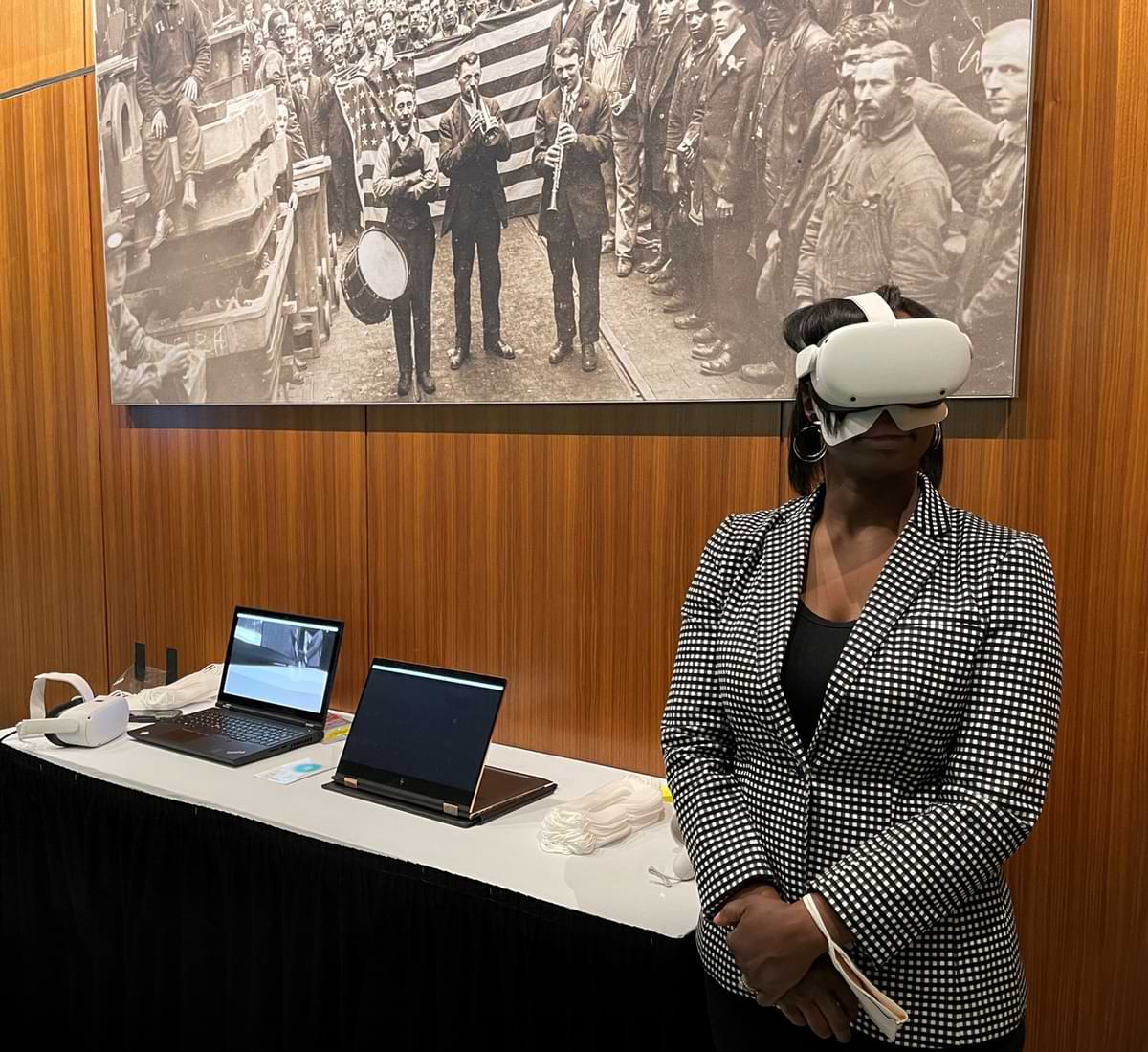
“Our quest to identify more foot soldiers continues,” Hébert said. “The most fruitful portions of our project to identify Bloody Sunday foot soldiers have been the numerous community connections we have made in Selma, Montgomery and across Alabama. All of these initiatives and opportunities to share these stories would not have been possible without our initial forays into identifying Bloody Sunday’s foot soldiers.”